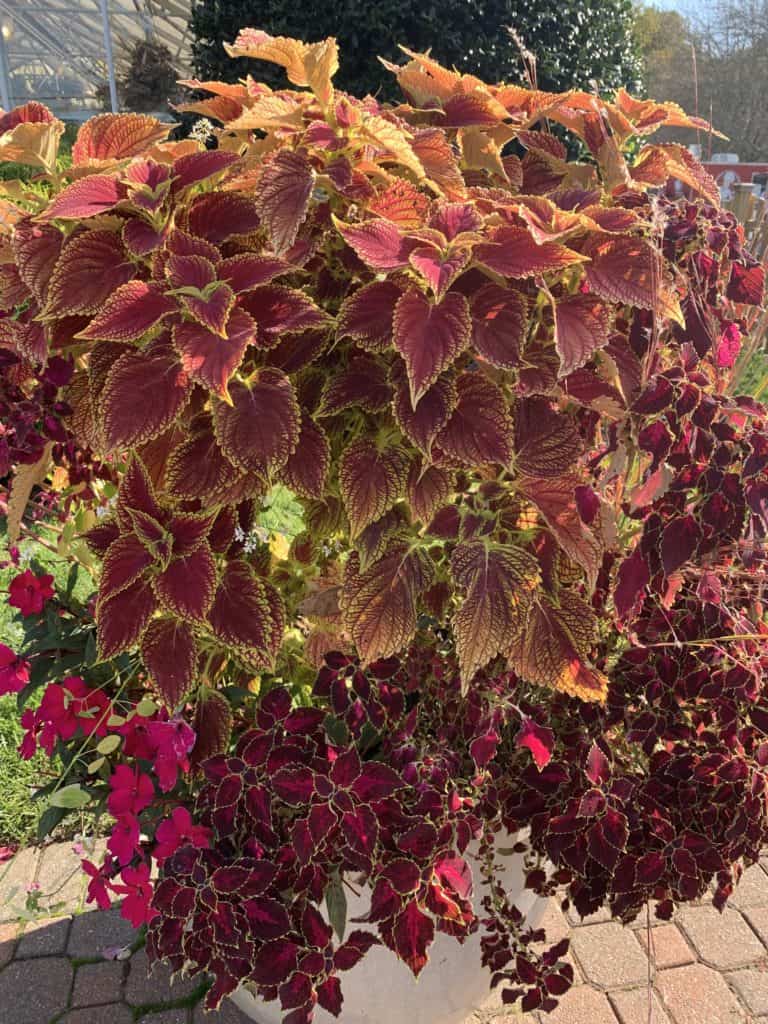Gardening for Health

Bring Fall Color to Your Garden
By Maria Price
On a recent trip to Florida, the tropical landscape was lush with spots of color interspersed. Nothing beats our temperate fall climate when the entire woodland horizon turns to flaming colors of red, orange and yellow. Trees, shrubs, and herbaceous perennial plants all help to paint the fall landscape.
Why do leaves change their color in the fall? During spring and summer, plants make lots of chlorophyll, hence their green color. Plants make energy with the help of chlorophyll and sunlight in a process known as photosynthesis. The summer sun triggers the leaves to keep making more chlorophyll to produce sugars for the plant to grow. Trees are sensitive to changes in the environment.
As summer fades into fall, the days start getting shorter and there is less sunlight. This is a signal for the leaf to prepare for winter and stop making chlorophyll. Once this happens, the green color starts to fade and reds, oranges, and yellows become visible. The yellow pigments are xanthophylls, the orange pigments are carotenoids, and the red pigments are known as anthocyanins. Extreme weather changes can also have an effect on the leaves. A drought or an early frost could make the leaves fall off the trees before they’ve had time to change colors.
Besides the trees, shrubs and herbaceous plants add color to the fall landscape. Our native winged sumacs are shrubs that turn a fiery orange and red and also make clusters of burgundy berries. The small tree-like shrubs of staghorn sumac turn orange-red in fall with dense conical structures of red berries. Our native shrub of bottlebrush buckeye turns a brilliant golden yellow in the fall that seems to glow much like our native spicebush.
Everybody loves chrysanthemums and they come in rich shades of yellow, white, peach, pink, red and orange. They’re great for adding immediate fall color around your home or doorway where other plants wouldn’t grow well or have finished for the season. They are best treated as annuals as they don’t come back reliably. My favorite true perennial mum is Sheffield Pink, which is actually a soft peach color, blooms late, and blends well with the fall landscape.
Amsonia hubrichtii or narrow-leaf bluestar has 3-foot tall feathery foliage that turns golden in the fall. Various types of annual coleus can provide brilliant fall color and provide a full branched and overflowing look which is especially beautiful with a background of fall colored trees.
